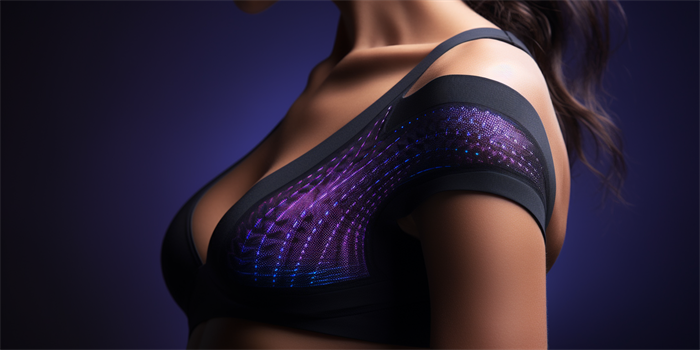Understanding Pain Associated with Sientra Breast Implants in Canada
Breast augmentation using Sientra implants is a popular cosmetic procedure in Canada, known for its high-quality, cohesive silicone gel implants. While the procedure is generally safe and effective, understanding potential pain and discomfort is crucial for patients considering this option. This article delves into various aspects of pain management and recovery following Sientra breast implant surgery in Canada.

1. Preoperative Considerations
Before undergoing breast implant surgery, it's essential for patients to have a thorough consultation with their surgeon. This includes discussing the patient's pain tolerance, expectations, and any pre-existing conditions that might affect recovery. Surgeons often provide preoperative instructions to minimize discomfort, such as avoiding certain medications that can increase bleeding risk.
2. Immediate Postoperative Pain
Immediately following the surgery, patients typically experience some level of pain, which can be managed with prescribed pain medications. The intensity of pain varies among individuals, but most patients report manageable discomfort. Ice packs and compression garments are also commonly used to reduce swelling and alleviate pain during the initial recovery period.
3. Long-Term Pain and Complications
While Sientra implants are designed to minimize complications, long-term pain can occasionally occur. This might be due to issues such as capsular contracture, where the scar tissue around the implant tightens and causes discomfort. Regular follow-up appointments with the surgeon are crucial to monitor for such complications and address them promptly.
4. Recovery and Pain Management
The recovery period for breast implant surgery typically lasts several weeks. During this time, patients are advised to take it easy and avoid strenuous activities that could exacerbate pain or cause complications. Gradual resumption of normal activities, along with a balanced diet and adequate hydration, can support a smoother recovery and reduce discomfort.
5. Psychological Aspects of Pain Perception
Psychological factors can significantly influence the perception of pain. Anxiety, stress, and expectations about the surgery can affect how a patient experiences discomfort. Engaging in relaxation techniques, such as deep breathing exercises or meditation, can help manage these psychological aspects and improve overall pain tolerance.
6. Patient Support and Education
Providing patients with comprehensive information about the surgery, including potential pain and how it can be managed, is vital. Support from healthcare providers, family, and friends can also play a crucial role in helping patients cope with postoperative pain. Educational resources and support groups can offer additional guidance and reassurance.
Frequently Asked Questions (FAQ)
Q: How long does the pain last after breast implant surgery?
A: The initial discomfort usually subsides within a week or two, but it may take several weeks for the pain to completely resolve as the body heals.
Q: Can I drive after the surgery?
A: It is generally recommended to avoid driving until the effects of anesthesia have fully worn off and you are no longer taking strong pain medications that might impair your reflexes.
Q: What should I do if I experience severe pain?
A: Contact your surgeon immediately if you experience severe or increasing pain, as this could indicate a complication that needs prompt attention.
Q: Are there any long-term pain management strategies?
A: Regular exercise, maintaining a healthy lifestyle, and staying in touch with your healthcare provider can help manage any long-term discomfort associated with breast implants.
Understanding the various aspects of pain associated with Sientra breast implants in Canada is essential for making informed decisions about cosmetic surgery. By addressing preoperative considerations, managing postoperative pain, and being aware of potential long-term issues, patients can ensure a smoother recovery and achieve their desired aesthetic outcomes.





